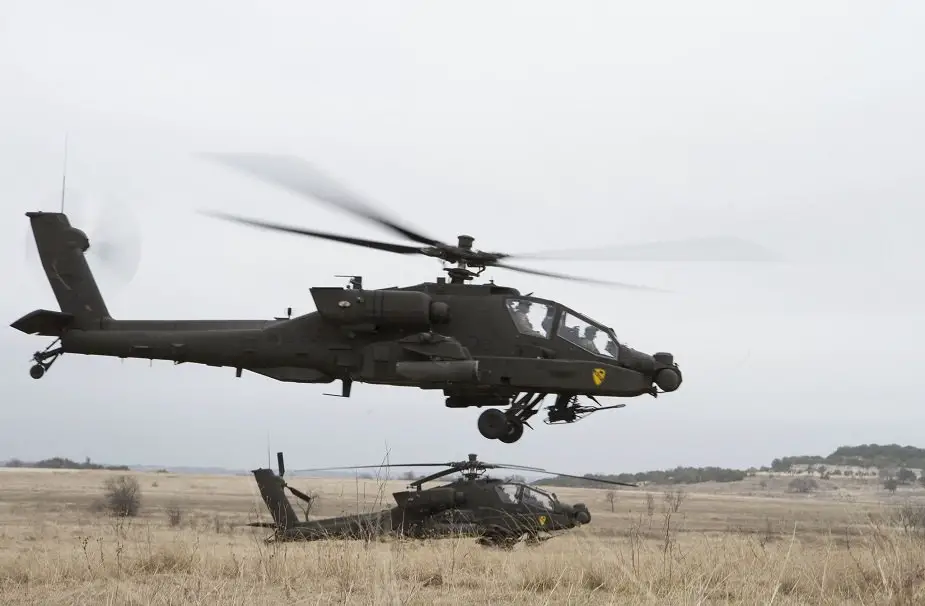Breaking news
Australian Defense will buy AH-64E Apache Helicopters.
According to information published by the Australian Defense Security Cooperation Agency (DSCA) on June 3, 2021, the State Department has made a determination approving a possible Foreign Military Sale to the Government of Australia of AH-64E Apache Helicopters and related equipment for an estimated cost of $3.5 billion. The Defense Security Cooperation Agency delivered the required certification notifying Congress of this possible sale.
Follow Air Recognition on Google News at this link
 AH-64E Apache Helicopters (Picture source: US Army)
AH-64E Apache Helicopters (Picture source: US Army)
The Government of Australia has requested to buy twenty-nine (29) AH-64E Apache attack helicopters. The total estimated value is $3.5 billion.
The prime contractors involved in this program will be Boeing, Mesa, AZ; and Lockheed Martin, Orlando, FL. The purchaser typically requests offsets. Any offset agreement will be defined in negotiations between the purchaser and the contractor(s).
The AH-64 Apache is an American twin-turboshaft attack helicopter with a tailwheel-type landing gear arrangement and a tandem cockpit for a crew of two. It is manufactured by the American company Boeing.
The AH-64 Apache features a nose-mounted sensor suite for target acquisition and night vision systems. It is armed with a 30 mm M230 chain gun carried between the main landing gear, under the aircraft's forward fuselage, and four hardpoints mounted on stub-wing pylons for carrying armament and stores, typically a mixture of AGM-114 Hellfire missiles and Hydra 70 rocket pods. The AH-64 has significant systems redundancy to improve combat survivability.
Formerly known as AH-64D Block III, in 2012, it was redesignated as AH-64E Guardian to represent its increased capabilities. The AH-64E features improved digital connectivity, the Joint Tactical Information Distribution System, more powerful T700-GE-701D engines with upgraded face gear transmission to accommodate more power, capability to control unmanned aerial vehicles (UAVs), full IFR capability, and improved landing gear. New composite rotor blades, which successfully completed testing in 2004, increase cruise speed, climb rate, and payload capacity.


























